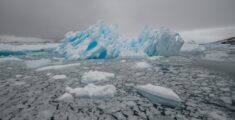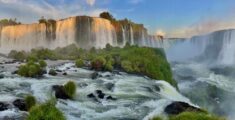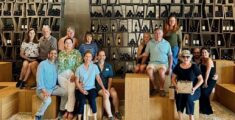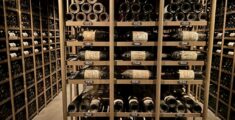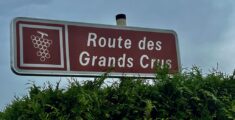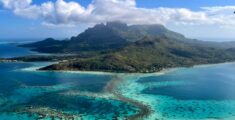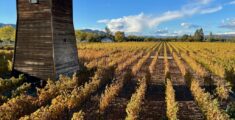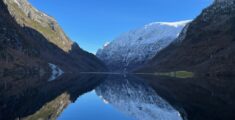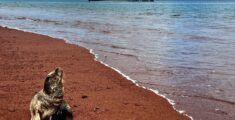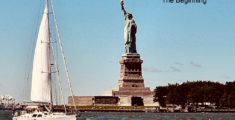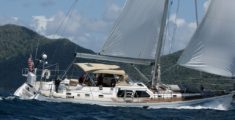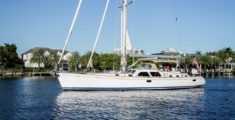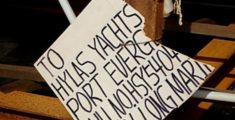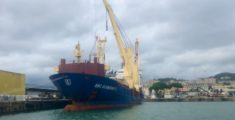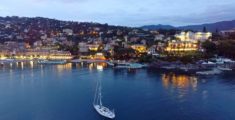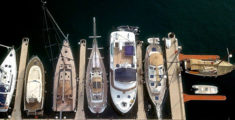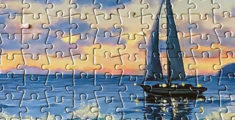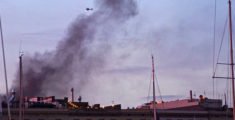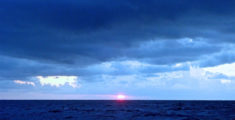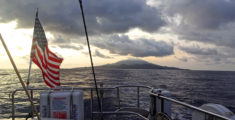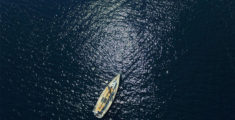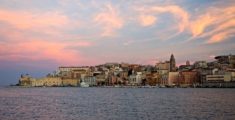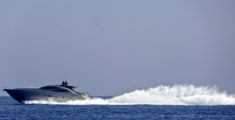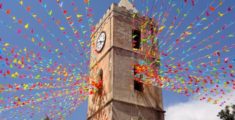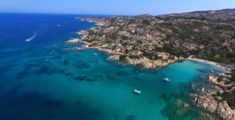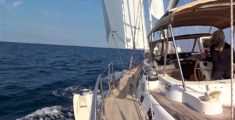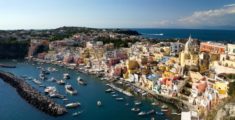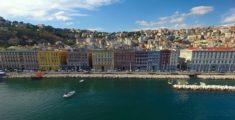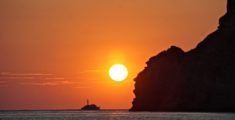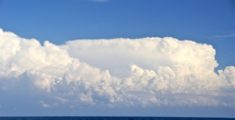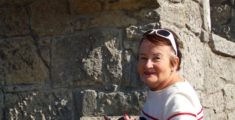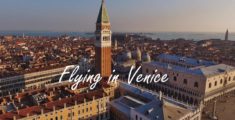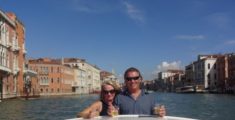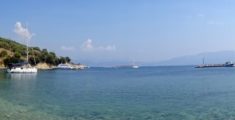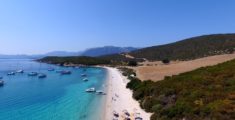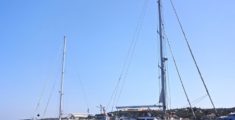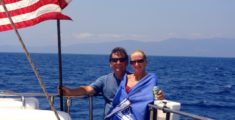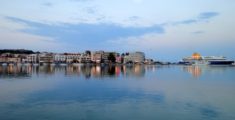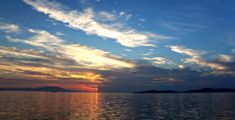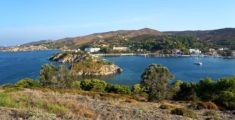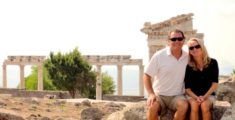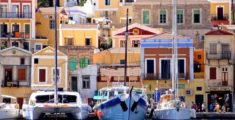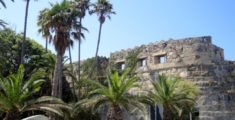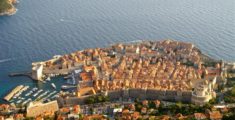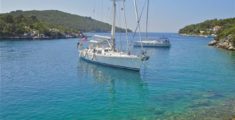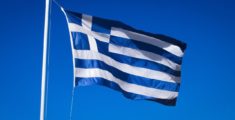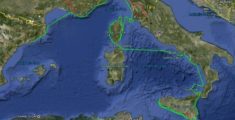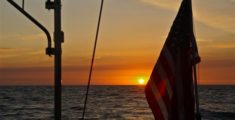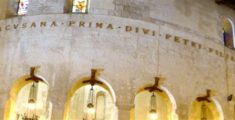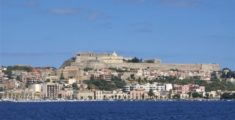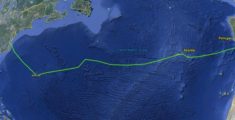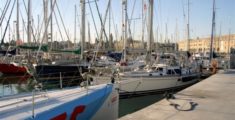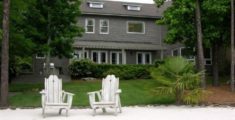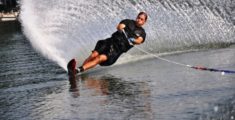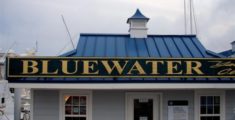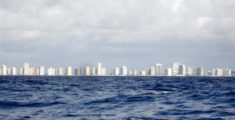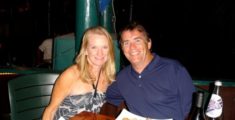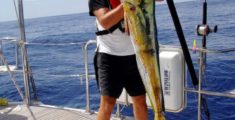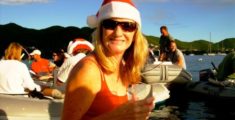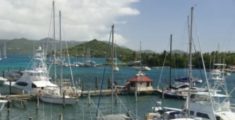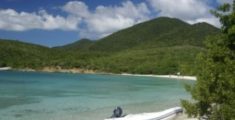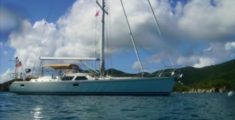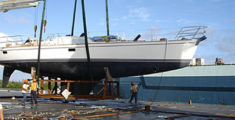North East Sardinia
It is a well-known fact that the Italians love fast cars. Ferrari, Lamborghini, Maserati, peddle to the metal, 0 to 60 in three seconds. That fierce passion transfers to boats as well. Italian-made yachts like Azimut and Pershing can reach speeds over 25 knots, which doesn’t sound very thrilling but on a boat it is flying.
The La Maddalena Archipelago and Sardinia are just a few miles apart; it doesn’t take long to travel from one to the other. A boat like Berkeley East can sail from the islands to mainland Sardinia in about an hour, and we typically transit at seven knots. So one would expect the area to be a tranquil space, with vessels gliding about at a leisurely pace. We came to call it the Tyrrhenian Sea Speedway.
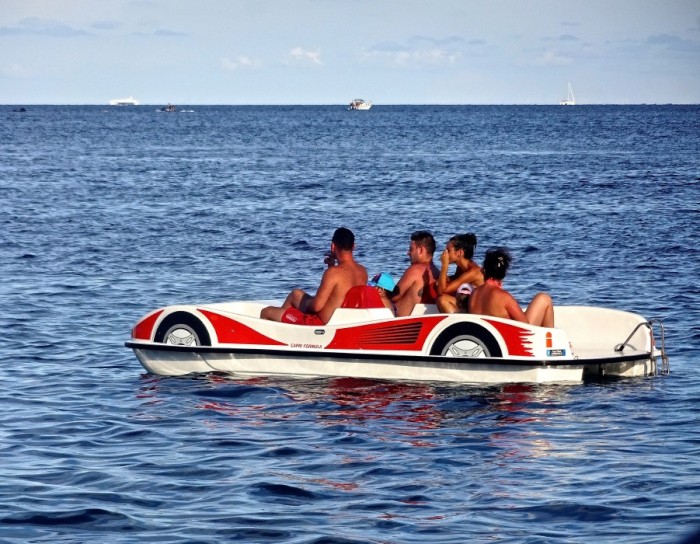
We learned very quickly that when moving, even a short distance, we needed to button BE up tight, hatches and portholes closed, everything below deck stowed. The Italian power boaters (actually French and Brits as well) know one speed and that is lightening. Boats would converge on Berkeley East full throttle, their wakes rolling BE side-to-side, throwing huge waves over her bow. All hands needed to be available; all we could do was hang on for the ride.
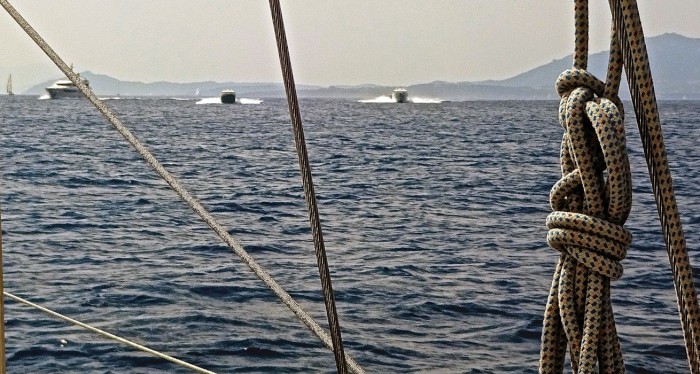
We hadn’t planned to be in Sardinia in August. We know from experience that the month is high season in every way, high traffic, high cost, and high temperatures. Our intent was to visit the island in early July, before the major onslaught of Europeans on holiday. But family business required that we stay close to big cities for services not found elsewhere, so we once again found ourselves in the thick of the insanity.
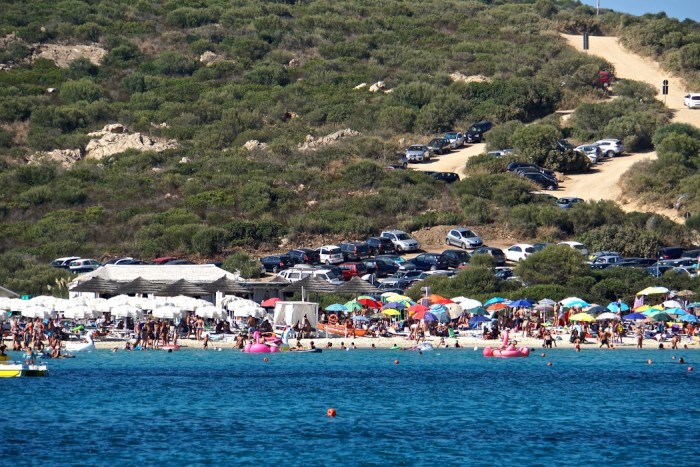
We decided to embrace the chaos and continued traveling south to explore more of the main island of Sardinia. Having reconciled ourselves with the obscene August rates (we can’t take it with us), we hoped to find a protected marina for Berkeley East so we could take a road trip in the south. We also thought that perhaps we would discover a less crowded, more peaceful atmosphere.
But dodging speedboats quickly turned into weaving through parking lots of superyachts, hundreds of them, their tenders zipping through the anchorages. The luxurious vessels were amazing; the atmosphere was unruly.
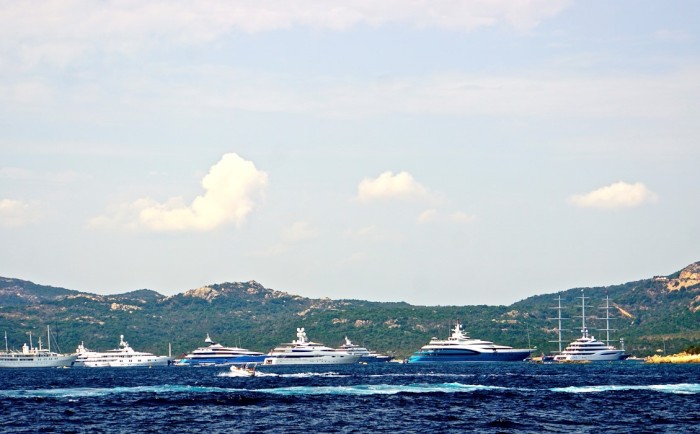
Considered the capital of Sardinia’s Costa Smeralda, Porto Cervo is a town with just a few hundred year-round residents. In the summer, it transforms into a playground for the ultra rich, purpose built for international elite tourism and the luxury yachting set.
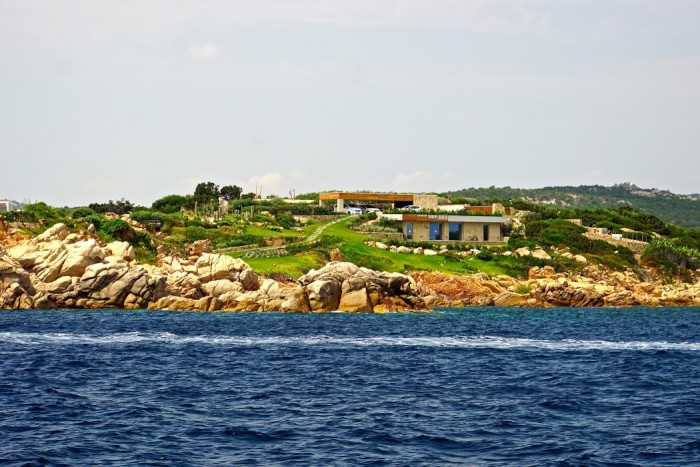
Around the corner, Cala di Volpe houses one of the world’s most exclusive, and most expensive hotels, the bay filled with moorings for grandiose watercraft.
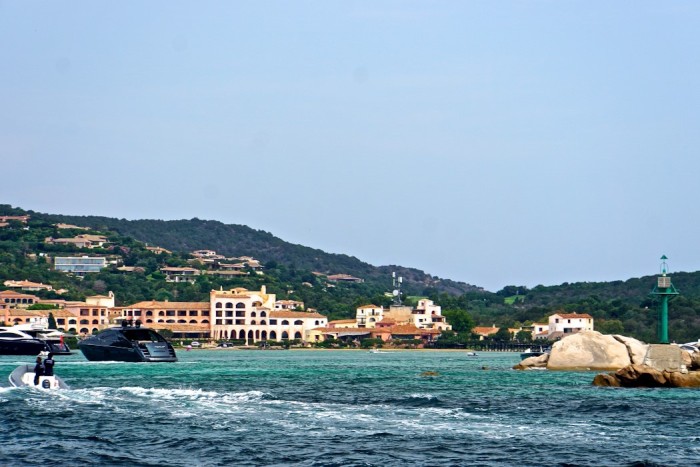
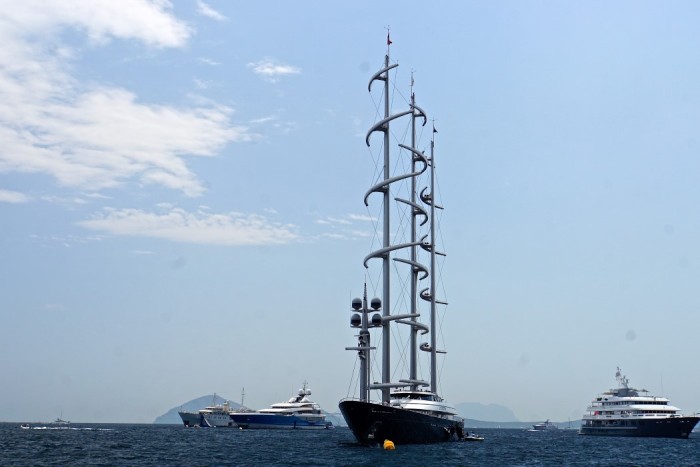
There were fewer mega yachts further south, but the anchorages were still treated as aquatic raceways. We came to keep one hand anchored to the boat at all times. Adding to the turmoil was very unsettled weather, thunderstorms with 50-knot winds and four-foot waves. We put our harnesses and tethers on for the first time this season, at anchor.
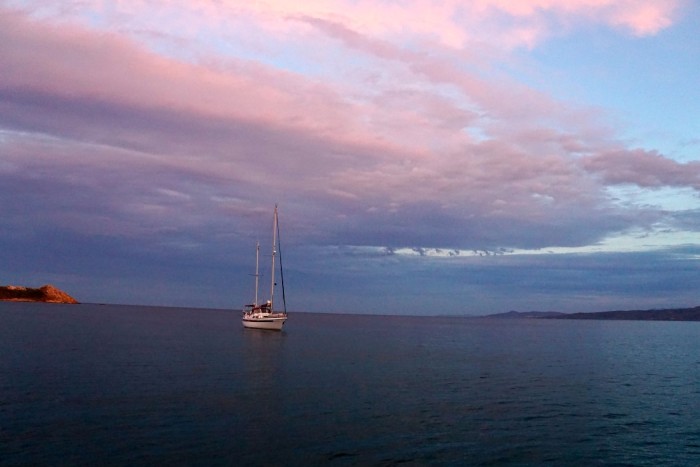
Fortunately, in between the weather and the boat traffic, we found some bright, peaceful moments, the island of Tavorlara providing a beautiful backdrop to several of them.
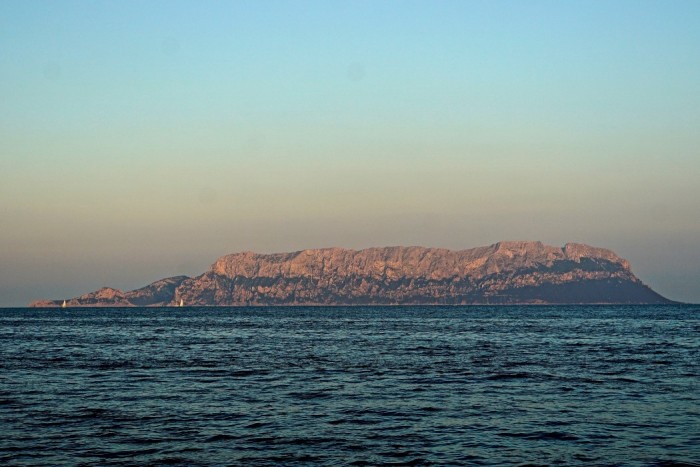
The island is actually more of a rock, a limestone massif three miles long and 0.6 miles wide, with steep cliffs plummeting into the water. Its highest point, Monte Cannone, is 1,854 feet above sea level.

In the 19th and 20th centuries, a tiny kingdom was set up on the island of Tavorlara. Today, a NATO base occupies one-half of the island, a few houses and a restaurant sit on the other side. The restaurant owner still maintains that the island is the kingdom of his family, although the Italian authorities disagree with that claim.
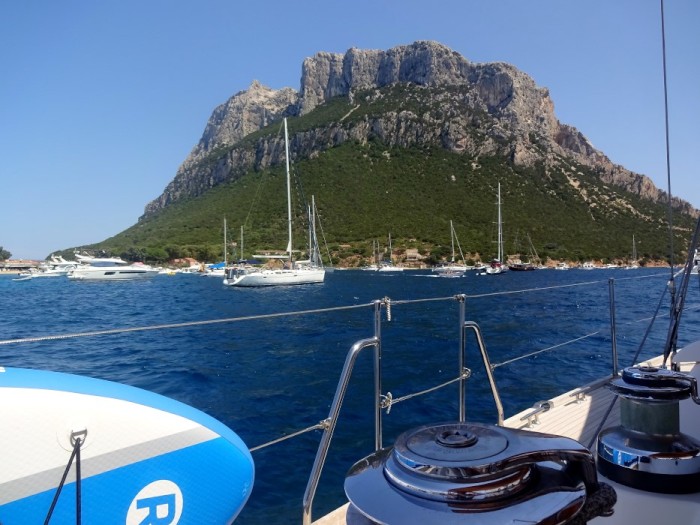
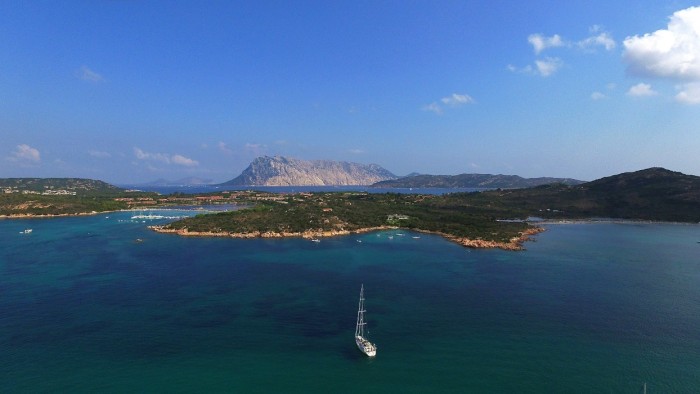
After waiting several days for good weather in the south, we saw a Mistral in the forecast and came to the conclusion that staying in Sardinia was not meant to be; exploring the south part of the island would have to wait until next spring during a less congested, less costly, perhaps a more weather-friendly time. We quickly charted a course for Ponza.


